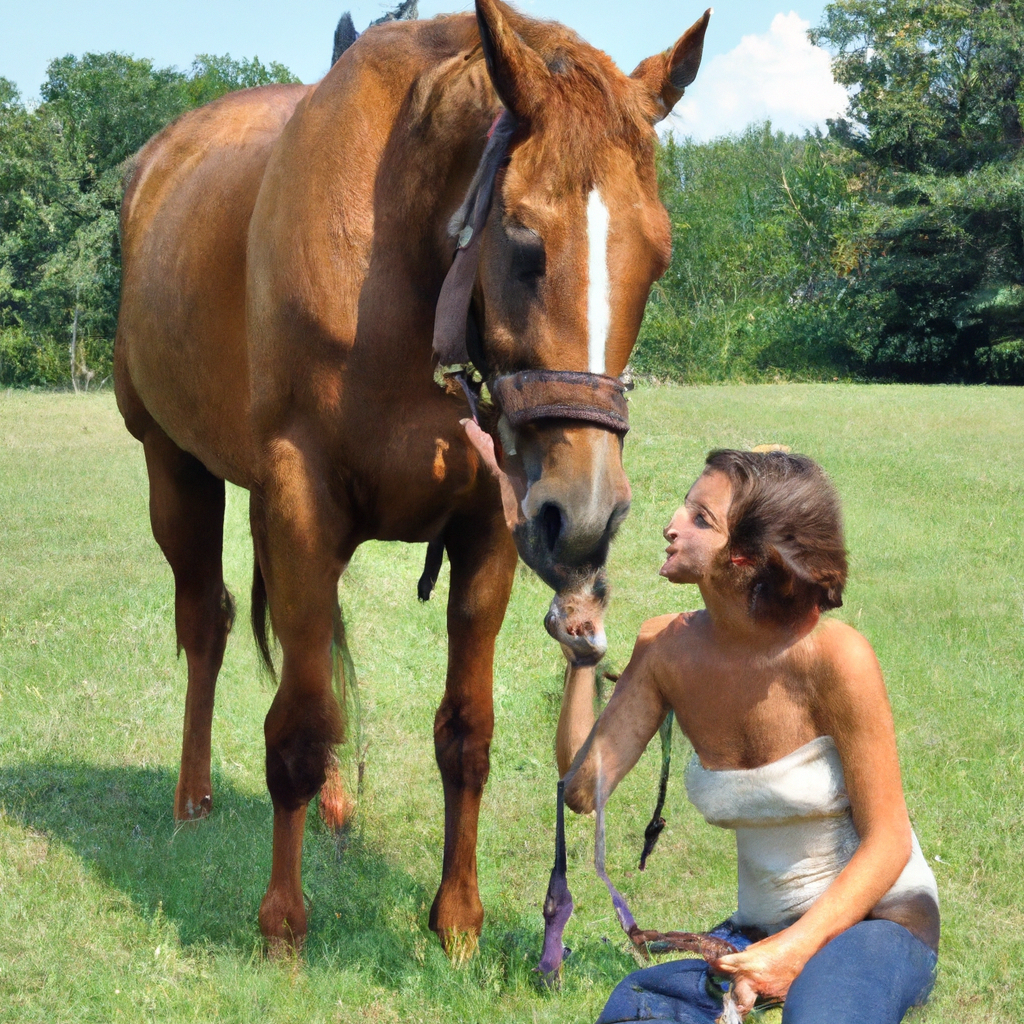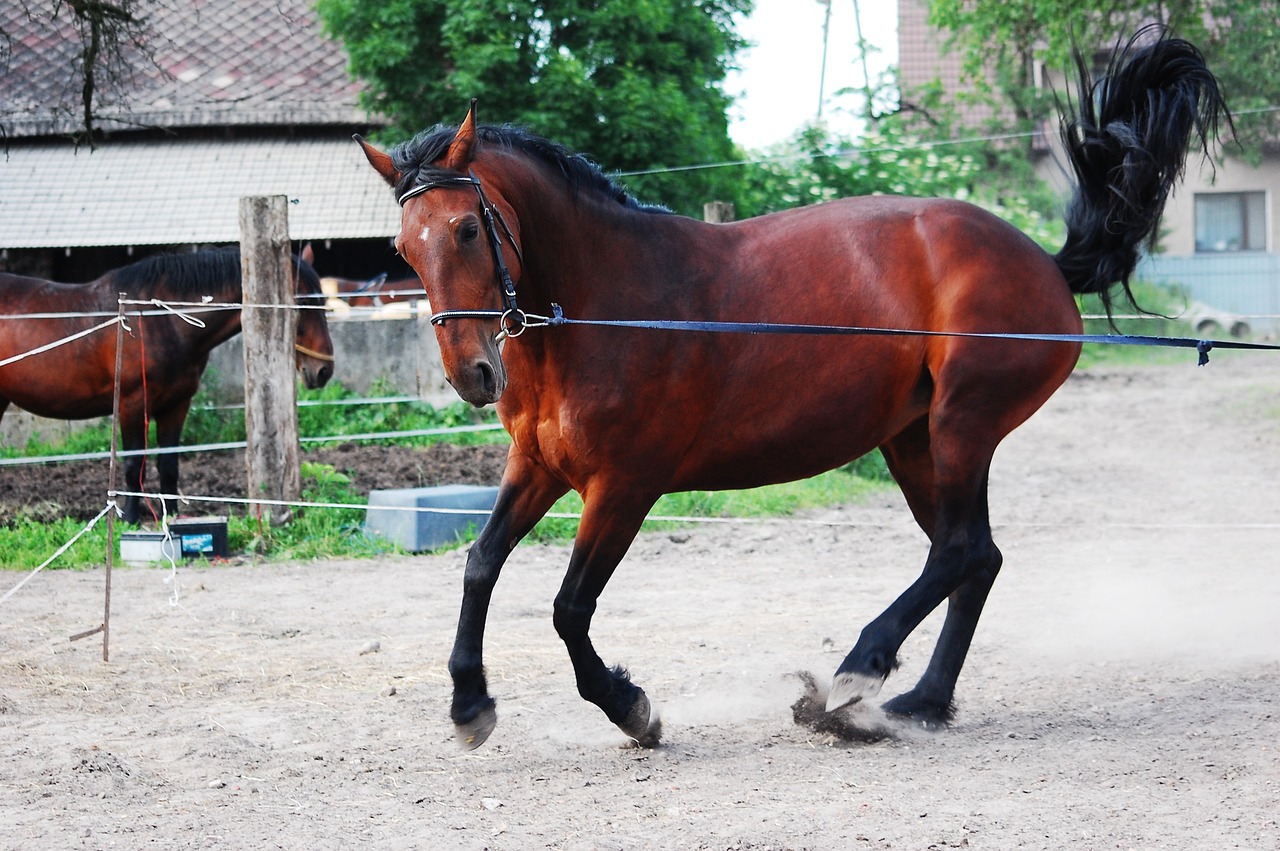Navigating the world of horse whispering can truly be a complex and intriguing journey. As you face the daunting task of building trust with your equine companion, you might find yourself looking for a comprehensive guide – you’ve come to the right place! “The Essential Guide to Building Trust with Horses” is your blueprint to creating a deep, meaningful connection with your horse, something that transcends the typical owner-pet relationship. It’s not merely about feeding and grooming; it covers every aspect, from understanding horse behavior and body language, to developing a communication system that works. So, prepare to embark on an enriching journey of trusted companionship with your equine friend!
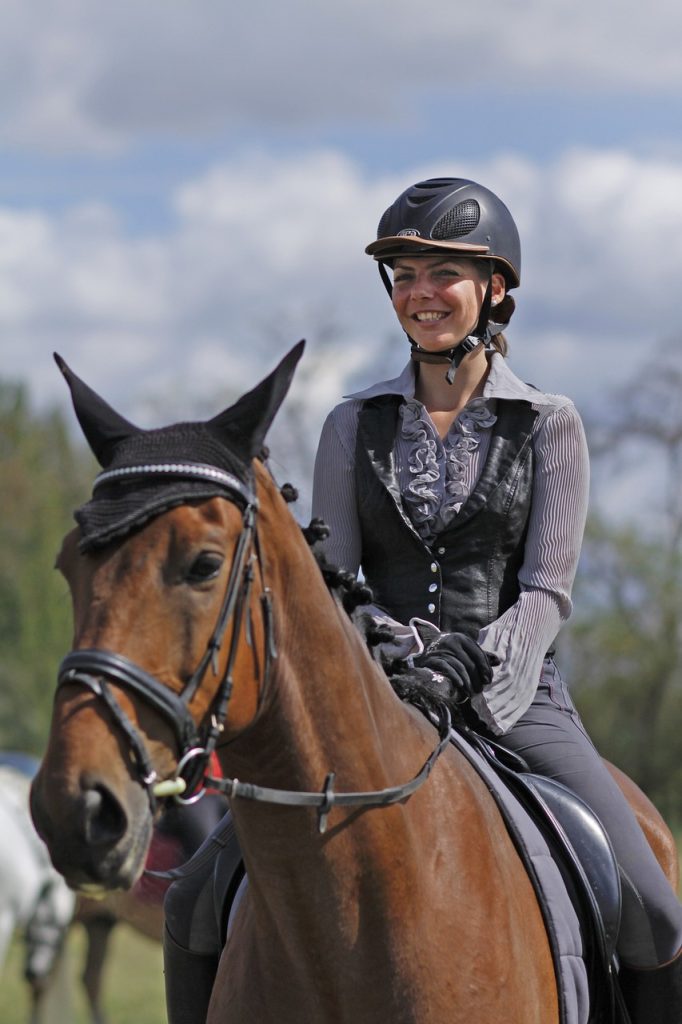
Understanding the Importance of Trust in Horse-Human Relationships
Building a trusting relationship with a horse is a rewarding and essential part of horse ownership. It’s the foundation on which all other elements of your horse-human relationship are built. Before diving into different methods and practices to build trust, it’s important to first understand what trust means in this context and why it’s crucial.
Defining Trust in the Horse-Human Relationship
In the simplest terms, trust in a horse-human relationship means that your horse has confidence in you. Confidence that you will act predictably, provide for its needs and keep it safe from harm. When a horse trusts you, it doesn’t perceive you as a threat. Instead, it identifies you as a source of security and comfort, allowing you to establish a deep bond based on mutual trust.
Exploring Why Trust Matters
Trust matters because without it, training and handling horses become more difficult and laborious. Horses are prey animals and their instincts push them to be wary, especially in unfamiliar situations or surroundings. If your horse trusts you, it will continue to follow your lead even when it’s unsure or afraid. This leads to a safer, healthier, and more fulfilling relationship both for you and your horse.
Discussing Consequences of Lack of Trust
The absence of trust between you and your horse can result in various negative outcomes. The horse may become anxious, uncooperative, resistant to training, or even dangerous. In severe cases, a lack of trust could lead to your horse developing fear-based behaviors, such as biting, kicking, or bolting, which can endanger both the horse and its handler.
Deciphering Horse Language and Behaviors
From a horse’s perspective, trust building starts with effective communication. As you spend time with your horse, you’ll begin to pick up on its language and behaviors, providing essential insights into its emotions and thoughts.
Ears, Eyes, and Body: Reading Horse’s Key Signals
Horses use their ears, eyes, and body to express themselves. Ears pinned back usually indicate discomfort or anger, while forward ears signify curiosity. Wide eyes show fear, and relaxed body posture represents comfort and tranquility. Noticing these signals will help you respond to your horse correctly, thus avoiding misunderstandings.
Interpreting Common Horse Behaviors
Each horse has its behaviors and quirks, but there are some common ones you should know. For instance, a horse lifting its upper lip is called flehmen, it’s a way horses process new smells. Rolling on the ground often means the horse is marking its scent, and pawing on the ground can be a sign of impatience or discomfort.
Applying Your Understanding of Horse Behavior in Building Trust
An understanding of horse behavior not only helps you communicate with your horse but also reassures the horse of your knowledge and competence. This goes a long way in the horse learning to trust you, essentially paving the way for a successful bond.
Practices for Building Trust with a Horse for the First Time
If you’re starting from scratch, the initial moments of interaction with a horse are important for establishing trust.
Creating First Impressions: Approach and Touch
Horses base a huge portion of their initial opinion of you on your initial approach. Approach slowly, letting the horse see and hear you from a distance. The first time you touch a horse, it should always be somewhere non-threatening, like its shoulder or neck.
Hand Feeding: Dos and Don’ts
Hand feeding can be a great way to build trust, but it should be done with caution. Always keep your hand flat and fingers outstretched to prevent accidental biting. But beware: hand feeding too frequently, especially without the horse performing a desired action first, can lead your horse to have nippers or become mouthy.
Establishing Initial Ground Rules
In the beginning, it’s essential to set up some ground rules for interaction to maintain safety and respect. Initially, these rules may include personal space boundaries and how to behave when being led, groomed, or fed.
Establishing a Daily Routine for Trust Building
Consistency is the key to building trust with your horse. Regular interactions help solidify your bond, reassuring your horse you’re a reliable part of its life.
Importance of Consistency in Horse Care
A horse’s confidence in you is largely centered on predictability, and maintaining a consistent routine helps establish this trust. Regular feeding times, grooming schedules, and exercise sessions all contribute to a horse’s sense of security because it knows what to expect.
Designing a Trust-Building Daily Routine
Your daily routine should include key aspects such as feeding, grooming, and exercise. Spend quality time with your horse by talking to it, stroking it gently, and offering occasional treats. These activities can make your horse feel loved and cared for, thus helping to build trust.
Recognizing and Responding to the Horse’s Progress
As you progress in building trust, always be aware of your horse’s responses. Celebrate positive progress and adjust your methods as needed to ensure the horse continues to feel comfortable and secure.
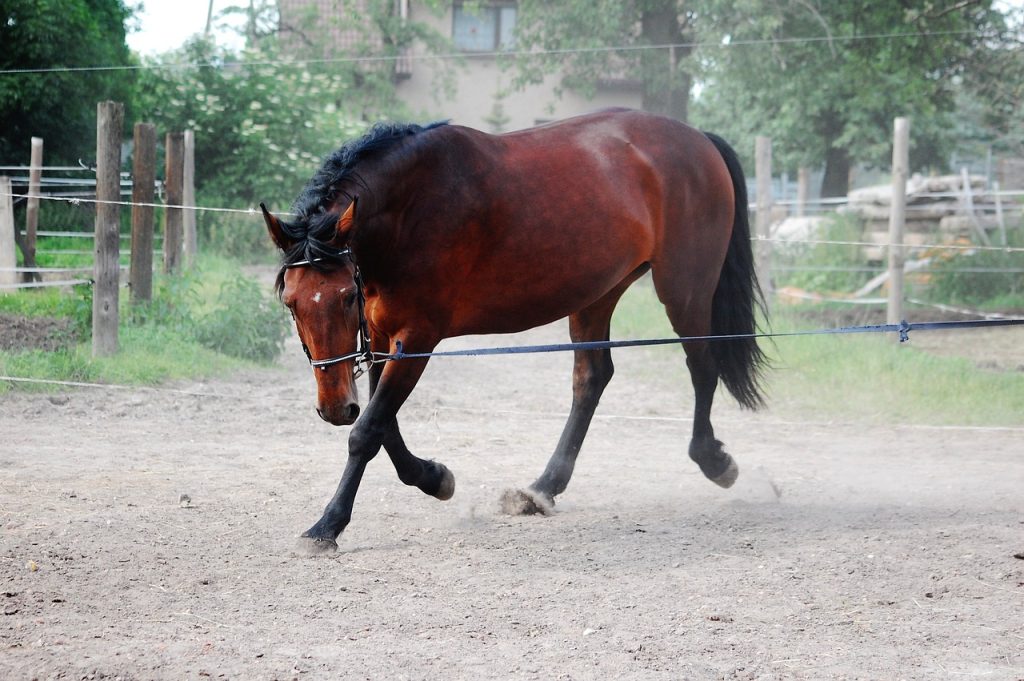
Building Trust Through Training Sessions
Trust is a vital component when it comes to training your horse. The right training methods can further enhance the sense of trust between you and your horse.
Choosing the Right Training Methods
Different horses respond best to different training methods. Some respond well to voice commands, while others are more visual or touch-oriented. Understanding your horse’s learning style is vital in choosing the best training method.
Understanding Role of Positive and Negative Reinforcements
Positive reinforcement (rewarding good behavior) usually works best in building trust. On the other hand, negative reinforcement (removing something unpleasant when the horse behaves) can also be effective when used appropriately. However, punishment should always be avoided as it can break trust rather than build it.
Incorporating Trust-Building Exercises in Training Sessions
Utilizing trust-building exercises during training sessions, like teaching the horse to follow you or managing noise sensitivity, can greatly contribute to increasing the level of trust. Remember to always end training sessions on a positive note; it leaves the horse feeling confident, happy, and closer to you.
Building Trust with an Abused or Neglected Horse
Dealing with horses that have experienced abuse or neglect requires a different approach. Patience, consistency, and understanding are essential.
Understanding the Special Needs of Abused Horses
Abused horses may display fear, aggression, or other defensive behaviors. They require a lot of time, compassion, and patience. Treat each day as a small step towards trust.
Creating a Safe Environment
A calming, secure environment is important for these horses. A quiet space, consistent routine, and gentle interactions will help the horse to feel safe. Limit exposure to stressful situations as much as possible to avoid triggering past traumas.
Patience and Persistence: Key Tools for Building Trust with Abused Horses
It can take a long time for abused horses to learn to trust humans again. Don’t rush the process; respect the pace of the horse’s progress. Consistency and patience will make a major difference.
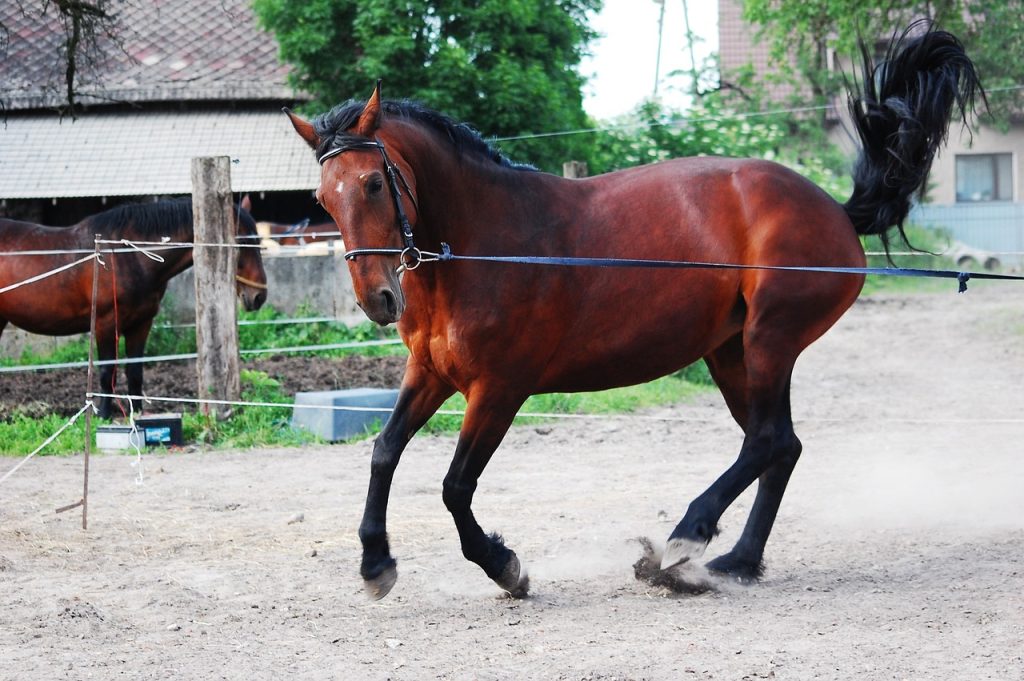
Importance of Respect in Building Trust
Respect is a two-way street in the horse-human relationship. A horse won’t trust someone it doesn’t respect, and vice versa.
Defining Respect in the Horse-Human Relationship
Respect in the horse-human relationship means maintaining space, understanding boundaries, and communicating effectively. It’s about valuing each other’s feelings, communicating openly, and acknowledging and accommodating the horse’s needs.
Demonstrating Respect towards the Horse
To earn your horse’s respect, always be fair and consistent. Understand and respect your horse’s limits, and don’t force it into situations where it feels threatened. Handling your horse gently shows that you respect its feelings, which can further strengthen trust.
Building Mutual Respect
Building mutual respect comes from understanding and communication. Never resort to force or aggression, as this could lead to fear and mistrust. Instead, use positive reinforcement and patience to build a respectful relationship.
Dealing with Setbacks in Trust Building
Setbacks in trust-building with horses are almost inevitable, especially when you’re building a relationship with a new horse or a horse with a challenging past.
Identifying Potential Setbacks
Setbacks can occur due to changes in the horse’s environment or lifestyle, miscommunication, or a negative event causing fear or trauma. Recognizing and understanding these potential setbacks can help you mitigate their impact.
Dealing Effectively with Fear and Aggression
Fear and aggression are common signs of a setback. Understand that these emotions stem from the horse’s basic instinct to protect itself from perceived threats. Reassure your horse with a calm and composed approach and focus on rebuilding that sense of safety.
Restoring Lost Trust
Restoring lost trust requires a return to the basics. Start from gentle interactions, rebuild your daily routine, and gradually reintroduce training using positive reinforcement. It may take longer than before, but patience and consistency will eventually help you regain the trust.
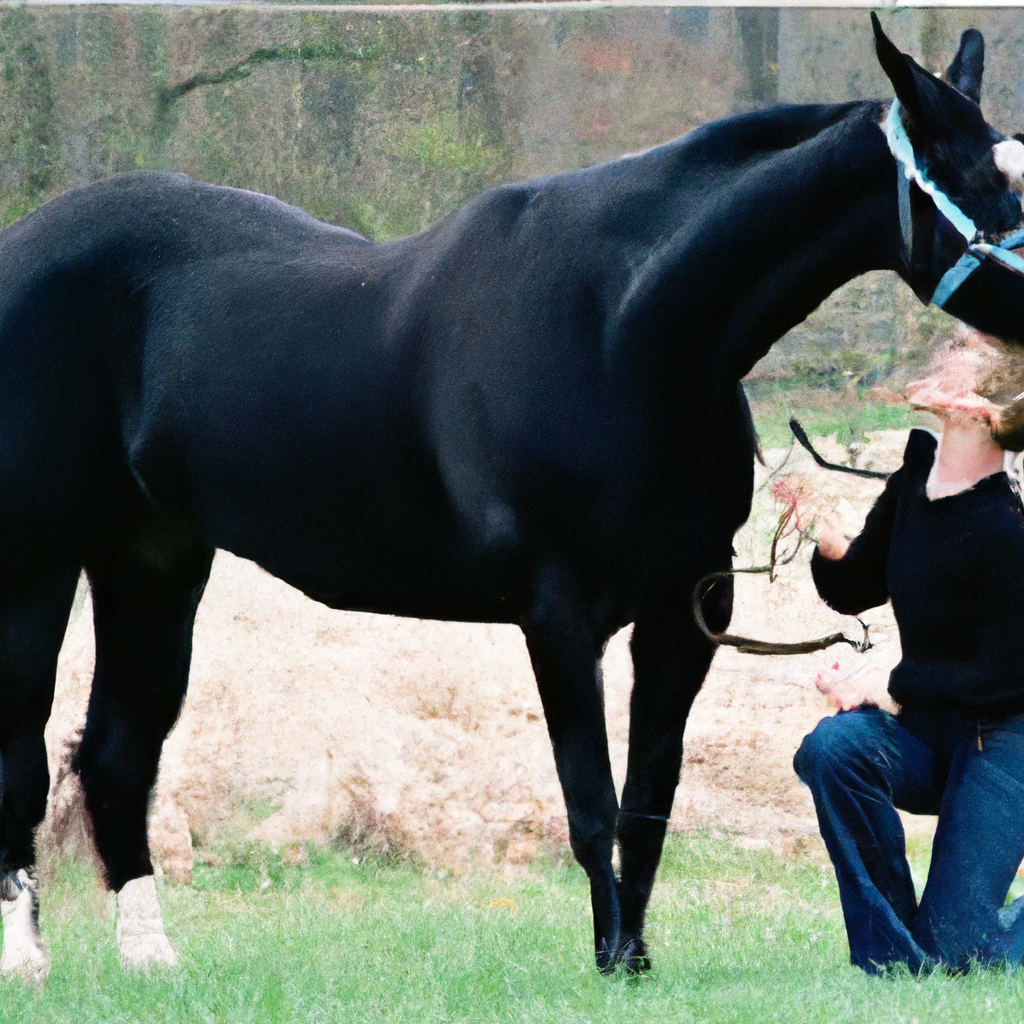
Maintaining Continued Trust with Your Horse
Keeping a horse’s trust requires consistent and appropriate interactions. It’s an ongoing process, and vigilance can help ensure your relationship remains strong and steady.
Keeping Up Consistent Interactions
Consistent commitment is key. Regular, gentle interactions, a routine that caters to your horse’s needs, and responsiveness to its signs and signals are crucial in maintaining trust.
Monitoring and Adapting to Changes in the Horse’s Behavior
Changes in your horse’s behavior might be a sign of discomfort or stress. Be observant and respond to these changes by adjusting your routine or interactions as needed.
Reinforcing Established Trust through Positive Experiences
Positive experiences reinforce the bond of trust. Be it a successful training session, a comforting grooming routine, or a fun free-roaming session, such experiences help solidify the trust between you and your horse.
Common Mistakes in Building Trust with Horses
Awareness of common mistakes can help you avoid them and build a trustworthy relationship more effectively.
Rushing the Trust Building Process
Building trust takes time. Rushing the process can lead to frustration for both you and the horse, and in worst cases, it can also lead to fear and mistrust.
Misinterpreting Horse Behaviors
Misinterpreting a horse’s signals or behaviors can lead to negative interactions or misunderstandings. Take the time to learn about equine communication and consult an expert when in doubt.
Ignoring the Horse’s Comfort and Well-being
A horse’s trust in you depends on its overall well-being. Ignoring signs of discomfort or stress, or skipping regular health checks and grooming, can not only impair your horse’s health but also damage the trust in your relationship.
Building trust is an ongoing journey filled with challenges and rewards. While the nuances of each horse-human relationship are unique, patience, understanding, and respect are universal pillars in laying a strong foundation of trust with your horse.
